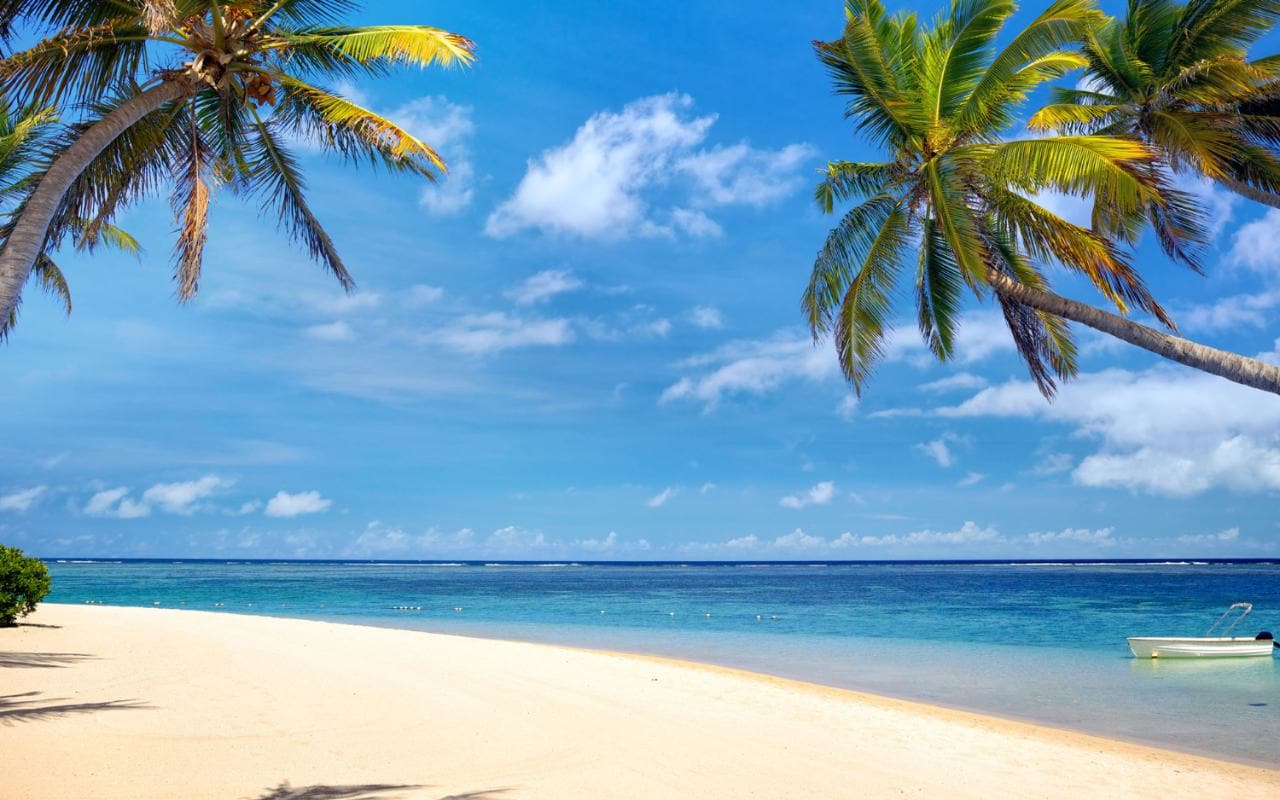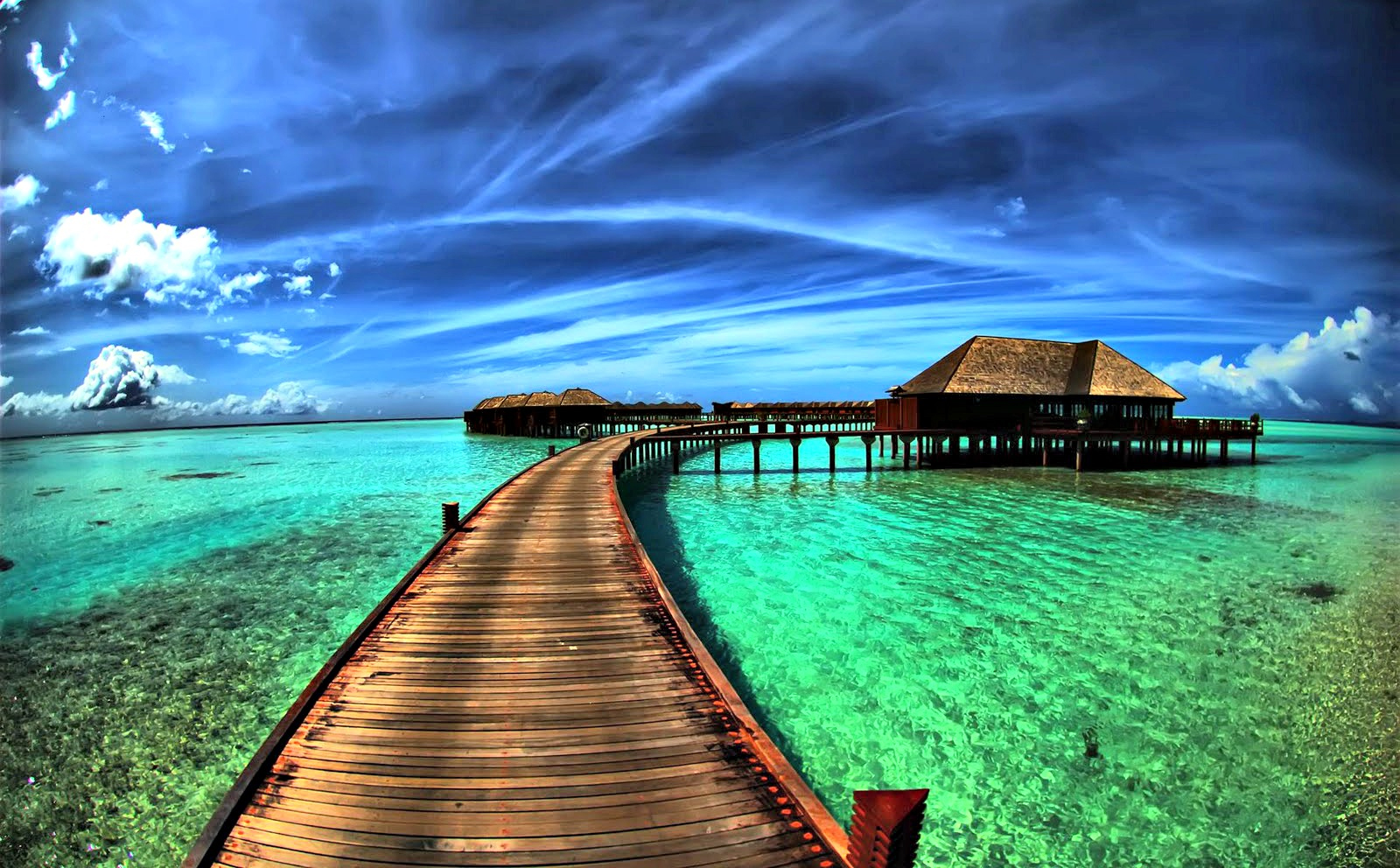Escape for the Weekend
Explore our collection of weekend


Mauritius
What to see in Mauritius? Tea plantations; Coloured Earth of Chamarel; paradise beaches; the Great Basin; the Cathedral cave; wrecks of the Tug II, the Kei Sei 113 and Hoi Siong; Peter Holt's Rock; and Stenopus Reef.
Individual Booking Try It FreeMauritius
Mauritius, the official name is the Republic of Mauritius, is an island nation in the Indian Ocean around 2 thousand kilometers from the southeast coast of Africa. The Republic is situated on Mauritius, Rodrigues, the Agalega Islands, and the Saint Brandon Archipelago. The total area of the country comprises about 2 thousand square kilometers. The population is about 1.3 million people. The capital of Mauritius is the city of Port Louis. There is no official language, although most people speak English, French, Creole and Hindi.
The climate of the country is tropical with two distinct seasons: a warm summer (from November to April) and a cool winter (from June to September).
The national currency is the Mauritian rupee. You can exchange money at exchange bureaus and banks, or withdraw rupees from you credit card in ATM, which are plentiful in Mauritius. Credit cards are widely accepted.
Msuritius has been a very attractive place for many centuries. Its history keeps traces of the Portuguese, Dutch, French and English. It is hard to say now what the ethnic origin of Mauritians is - European, Asian or African.
Beside the turbulent historical past of Mauritius, its natural wonders also attract many tourists from all over the world. The country is a great place for diving and snorkeling and its nature reserves are home to lions, turtles, monkeys and crocodiles. You will find here lush jungles, vast plains, gorgeous waterfalls and picturesque vanilla and sugar plantations.
The emerald-green tea plantations with rhythmically working tea-pickers and vast sugarcane fields of Mauritius, where it is easy to get lost, is a truly relaxing and serene view, which you should not miss. Do not forget to try a glass of fresh sugarcane juice, sweet as nectar.
In Mauritius you can see the stunning Coloured Earth of Chamarel, where purple, yellow, orange, and red colors of soil are fancily mixed, creating a natural work of art.
Special attention should be paid to the paradise beaches of Mauritius, where you can take up snorkeling, deep-sea fishing, deep-sea diving, parasailing, scuba diving and kite-surfing. The most popular ones are the Belle Mare Beach, the La Cuvette beach and Le Morne.
The capital of the country features amazing mix of mosques, churches, Chinese and Indian temples. In the Blue Penny Museum you can see the first colonial stamp in the world, and the Natural History Museum exhibits the skeleton of an ancient dodo.
Nature lovers will like Casela Nature Park, where you can see lots of exotic animals and plants; the Great Basin, a picturesque lake within an extinct volcano crater; Sir Seewoosagur Botanic Garden, boasting about 650 plant species, although it will take you a week to see them all; and the Crocodile & Giant Tortoises Park, where you can see lots of plants, animals and reptiles, including Nile crocodiles and giant tortoises.
In the south-western part of Mauritius there is the Rhumerie de Chamarel Distillery, where you can see how rum is being created and taste it.
Airports
Sir Seewoosagur Ramgoolam International Airport (MRU), the main international airport of the republic. It is situated 48 kilometers from Port Louis.
Diving in Mauritius
The underwater world of Mauritius is full of wonders: here you will find coral reefs, old ship wrecks, bright marine flora and fauna, and crystal clear water.
Most dive sites are situated near the west and north coast of Mauritius, as diving off the south and the east coast can be dangerous due to strong currents and trade winds.
Connoisseurs of cave diving will like the Cathedral, a beautiful big cave with cavities and arches where you can enjoy fancy light reflections.
In the marine parks of Blue Bay and Balaclava you will find plenty of interesting marine critters and abundant underwater flora.
In the bays of Tamarin and Black River it is possible to meet dolphins.
The waters of Mauritius keep several interesting wrecks: at Flic-en-Flac you will find the Tug II and the Kei Sei 113, off the coast of Ile aux Bénitiers there is the recently sunk Hoi Siong. Other wrecks are located deeper: the St. Gabriel (41m), the Orient (47m) and the Carp (72m).
Off the northern coast of the island you can dive near Peter Holt's Rock, where you can meet moray eels and big triggerfishes. Stenopus Reef is famous for giant gorgonians and various corals including the 2-meter high green tree coral. There are also shipwrecks: the Hassen Mian (located in Balaclava), the Stella Maru (a Japanese trawler sunk in 1987 and lying in Trou aux Biches) and the Silver Star, sunk in 1990 and located at a depth of 20-40m.
